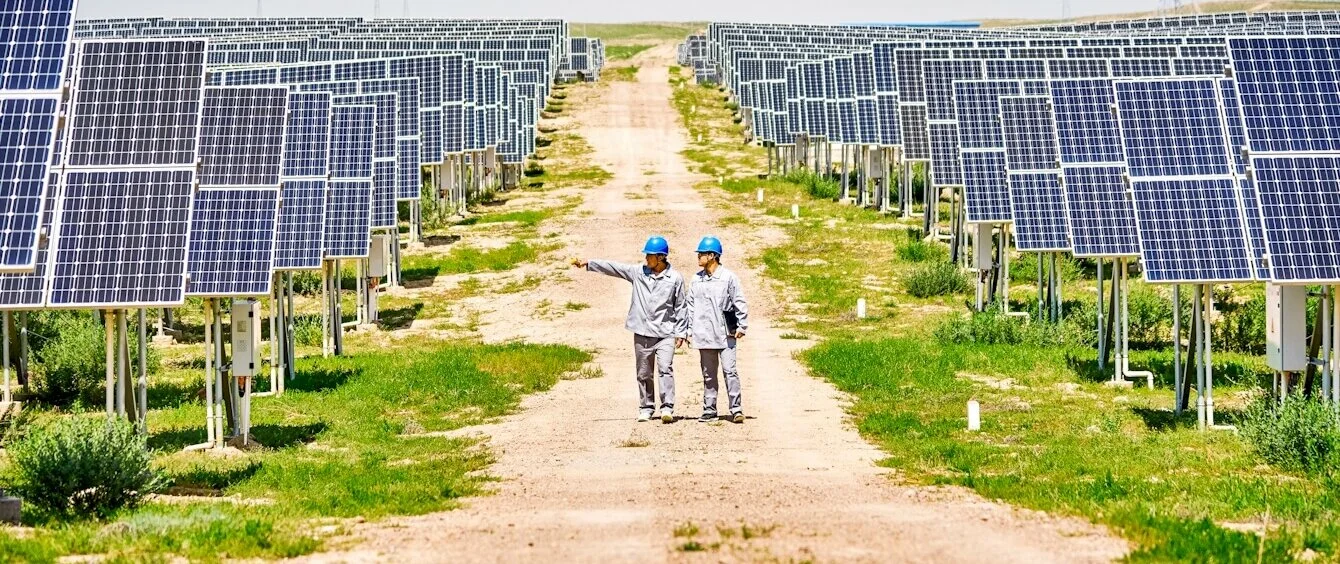China apparently achieved a turnaround in greenhouse gas emissions as early as 2013. At least for the period until 2016, the world’s second-largest economy emitted less and less CO2 every year, according to the authors of a study published in the periodical Nature Geoscience.
Slower economic growth during the period from 2013 to 2016 probably facilitated this result, according to the study. A key factor was likely to have been structural changes, which for example led to a lower share of coal in the energy mix and higher energy efficiency. Based on these developments, the ten authors reached the conclusion that the reduction in China’s greenhouse gas emissions may be lasting. Consequently, China is well ahead of schedule in achieving its climate targets under the Paris Climate Agreement. As part of the Agreement, Beijing had committed to achieving this turnaround in 2030.
The article entitled ‘Structural decline in China’s CO2 emissions through transitions in industry and energy systems’ appeared in the July issue of Nature Geoscience. The English abstract by the authors can be found here. Fee-based access for the complete article can also be found there. The scientific magazine ZME has also published a more detailed discussion of the article in English.
